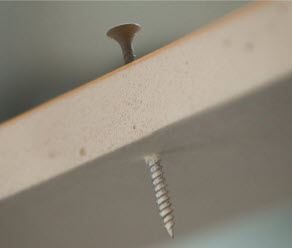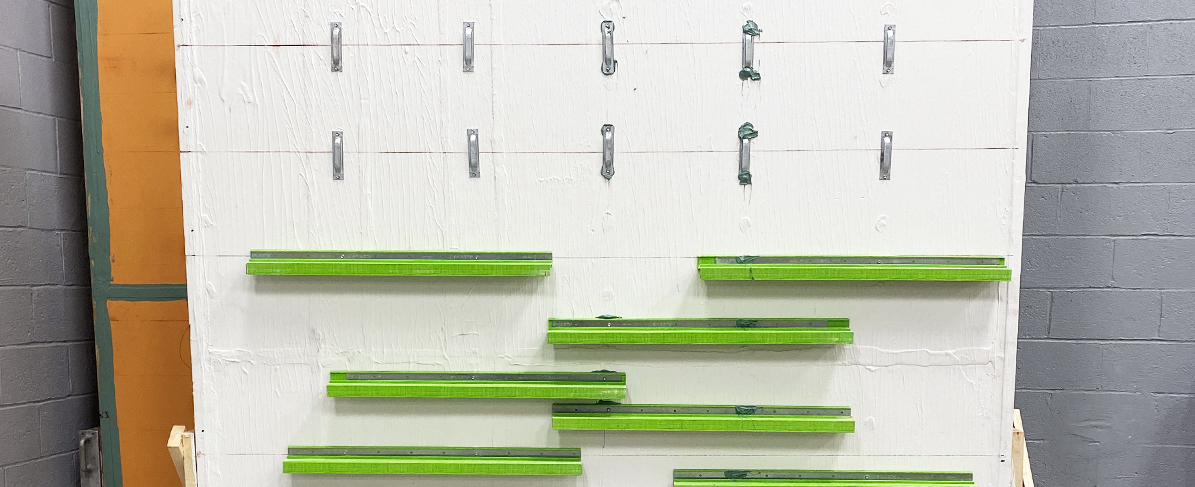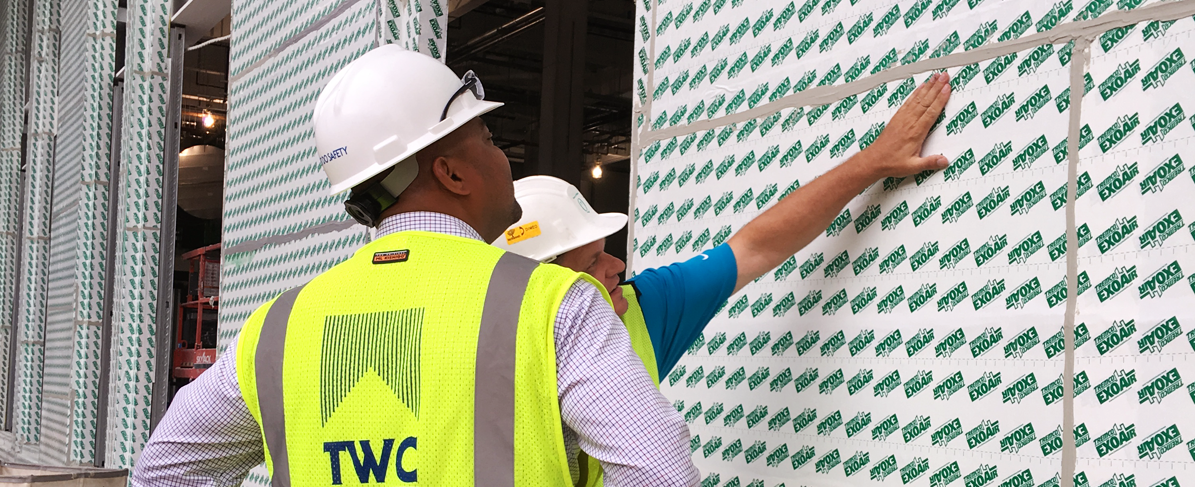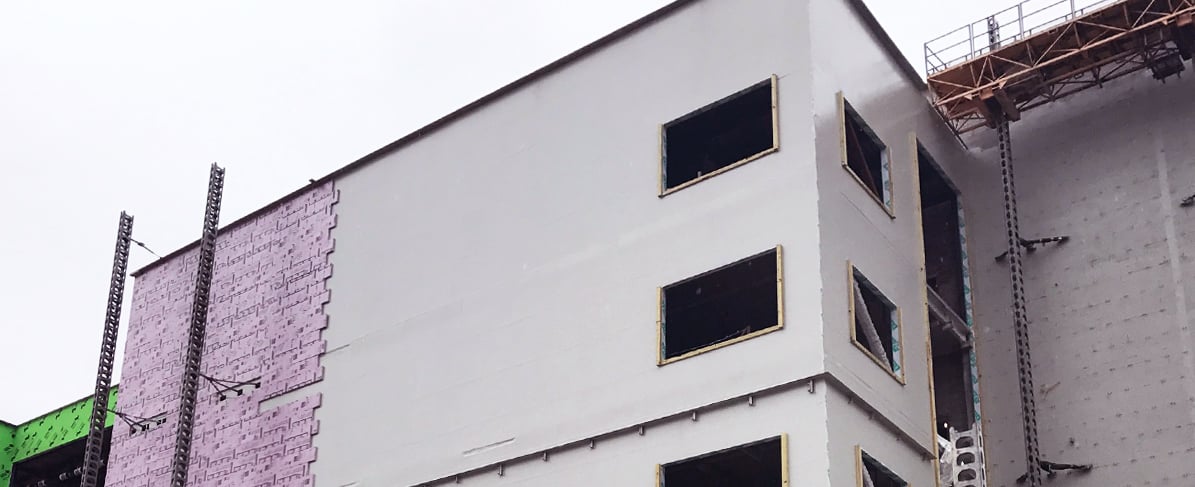Air barrier membranes are punctured thousands of times when anchoring facades like stucco, metal panels, stone panels and brick walls. These holes pose significant challenges because they can affect the performance and continuity of the building envelope, intended to protect the exterior wall from air and moisture infiltration.
 In the air barrier industry, nail sealability is often discussed, and terms like “self-sealing” and “self-gasketing” are used to describe membrane performance. Air barrier membranes do not self-seal, but instead self-gasket around the penetrating item. Unlike a below-grade waterproofing membrane installation, where penetrations are avoided post-membrane installation, air barrier membranes are penetrated intentionally and often.
In the air barrier industry, nail sealability is often discussed, and terms like “self-sealing” and “self-gasketing” are used to describe membrane performance. Air barrier membranes do not self-seal, but instead self-gasket around the penetrating item. Unlike a below-grade waterproofing membrane installation, where penetrations are avoided post-membrane installation, air barrier membranes are penetrated intentionally and often.
On a 10,000-square-foot project, a façade anchor can penetrate the air barrier membrane 5,625 times. When these penetrations are not evaluated properly, it's more likely the building will face air and moisture infiltration which could lead to mold in the wall cavity, higher energy consumption and greater heating and cooling costs. To evaluate the impacts of façade anchoring on air and water leakage, we turn to three important tests. Read on to find out what these tests measure and how to use them to properly manage penetrations.
ASTM D1970
ASTM D1970, Standard Specification for Self-Adhering Polymer Modified Bituminous Sheet Materials Used as a Steep Roofing Underlayment for Ice Dam Protection –Section 8.9 Nail Sealability, is a test that can be used to indicate performance of penetrations through applied air barrier membranes. The test standard calls for a smooth roofing nail, but we recommend adjusting the test for whatever façade anchors and insulation fasteners you will be using to better simulate your job’s specific conditions.
ASTM E2357
ASTM E2357, Standard Test Method for Determining Air Leakage Rate of Air Barrier Assemblies, measures air leakage of an assembly, evaluating at 7 pressure differentials for both infiltration and exfiltration and at 3 different modes of wind exposure. Adaptations should be made to the wall assemblies to include the project’s specific connections, façade anchors and insulation fasteners in order to meet the requirements and wall design for your project. For more information on this topic, click below to download a free white paper.
 ASTM E331
ASTM E331
ASTM E331, Standard Test Method for Water Penetration of Exterior Windows, Skylights, Doors, and Curtain Walls by Uniform Static Air Pressure Difference, evaluates resistance to water penetration of an assembly to help understand how the designed system will perform as a whole. This test should be run after the ASTM E2357 assembly air leakage testing. The test entails negative air pressure pulled on the assembly and water sprayed on it at 8 inches of rain per hour to simulate heavy rainfall. For air barriers, the International Building Code (IBC) calls for a pressure differential of -300 Pascals (6.2 psf) for 2 hours. Overall, this is not that much pressure when thinking about an entire building/building envelope. After the IBC requirement is met, the test parameters can be modified to higher pressure differentials for shorter durations to truly analyze fasteners/anchors and the self-gasketing properties of an air barrier membrane. While your air barrier will never see this kind of direct exposure with the façade on, it provides a better prediction of how the assembly will behave in the field.
What's next?
Through accessing the results of anchor testing, additional detailing of the penetrations often is required. Further testing should be done to verify this detailing and any product compatibility and adhesion. Click here to learn more with our two-part air barrier testing series.
Together, these test methods let us evaluate the system coming together and give us a better understanding how products and the design perform. The results allow the design/build team to make any crucial changes, if need be, before construction starts. To ease this process, look for a manufacturer who provides testing or will help facilitate third-party testing in order to validate the results and give you a high-performance building envelope.







